After immersing myself with the rich history of the Miagao Church, I decided to continue my historical journey to the southernmost town of Iloilo--the coastal town of San Joaquin, where they have another baroque church worth visiting--the San Joaquin Church, some 13 kilometers and 15 minute-Jeepney ride away from Miagao.
The Road to San Joaquin
It was already almost three in the afternoon when I arrived in San Joaquin, and a warm breeze of tropical wind seemed to welcome me to this lovely town as I stepped down from the Miagao-San Joaquin Jeepney I had ridden.
San Joaquin is a lovely sleepy town--very quiet and very rustic. The casual traveler may find this town to be a little laid back--a remnant of an old Philippine village of long ago. Having been accustomed to the noise and hustle of the city, I may have found San Joaquin too quiet, with only the rustling of the trees' leaves to be heard, a barking dog from a distance, and from around, the gentle whistling breeze of tropical air.
A few meters away from the main road, near the poblacion plaza is the San Joaquin Church. Built in 1869, the Church was a testament to the townspeople's sacrifices to defend their town against the Muslim pirates. Led by Fray Thomas Santaren, the townspeople, young and old, men and women, quarried coral blocks from the nearby sea to build and fortify their church. Additional blocks of limestones were quarried from the Igbaras mountains to complete the construction. The walls and beams were then finished with a smooth palisade to hide the rough texture of the sea corals.
The San Joaquin Church may hold the unique distinction of being the only Philippine church built mainly of coral stones. Like the Miagao Church, the San Joaquin was constructed not only as a place of worship but as a defensive fortress against the Muslim marauders of the 19th century.
Coral blocks in an unpalisaded corner inside the church
The Pediment. Below it is written, Rendicion D' Tetuan (Depiction of Tetuan)
The most striking feature of the San Joaquin Church is the sculptured pediment of its facade. The deep bas-relief depicts the famous Battle of Tetuan of 1859, where the Spanish Catholic Army defeated the Muslim Moroccan Army in Tetuan, Morocco. The artwork is meticulously carved by a skillful hand from solid bricks of limestones, formed together to capture the scene where the Spanish cavalry were slowly tearing down the defense of the Moroccan Muslims.At first it seemed that the bas-relief is quite out-of-place as it does not hold any religious significance: it does not depict any saint or any religious event. But the Battle of Tetuan happened at the time when the San Joaquin Church was being planned for construction, and it was the biggest news of its day.
When the news came to San Joaquin that the Spanish Christian Army annihilated the Muslim defenders of Tetuan, Father Santaren decided to make the victory the design of the church's pediment--as an inspiration for the San Joaquin townspeople that God was with them in the battle against the Muslims--in this case the pirates. It will serve as a perpetual reminder and inspiration that they, too, can defeat the terrorizing pirates.
And indeed, from then on the San Joaquin Church had stood the test of time--both as a church and fortress, and as an inspirational structure to the townspeople of San Joaquin.
The lone bell tower also served as a perfect lookout post into the sea for the incoming vessels of the Muslim pirates during the 19th century
*Special thanks to Reverend Father Manuel Villasan, Parish Priest of San Joaquin; Mrs. Helen Sernicula, Parish Overseer; and Manong Dodoy, Parish Steward. I could never thank them enough for their hospitality during my visit to San Joaquin.
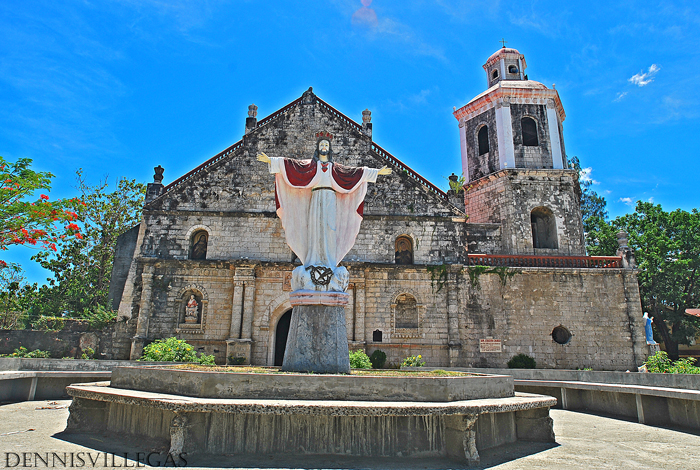
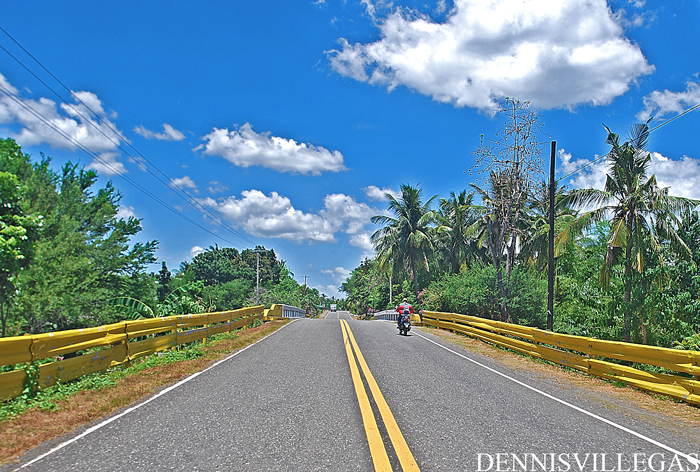
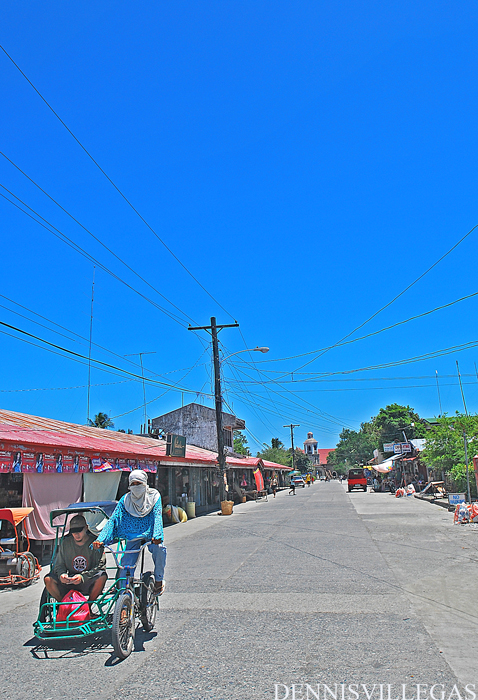
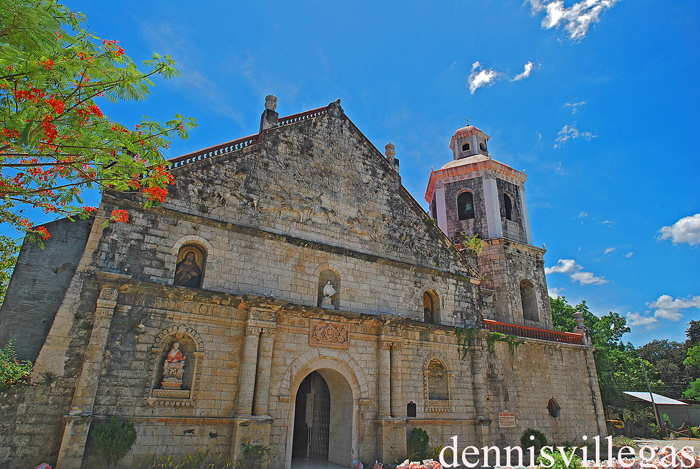
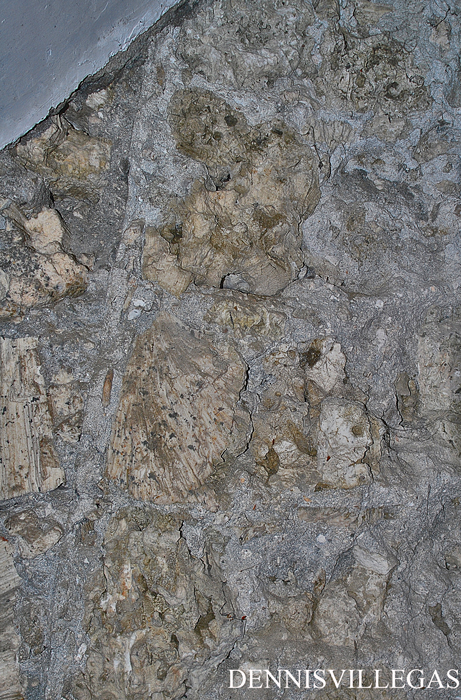


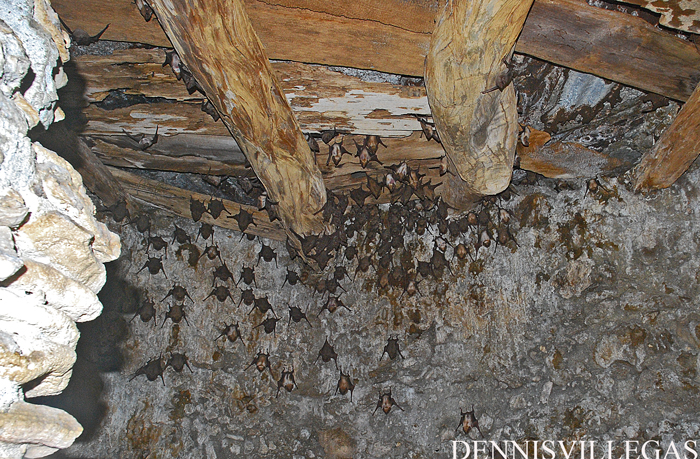

No comments:
Post a Comment